Bjørvika: Oslo’s Modern Waterfront District
Located in the heart of Oslo, Norway, Bjørvika is a vibrant and dynamic waterfront district that has undergone significant transformation in recent years. Once an industrial area dominated by warehouses and shipping operations, Bjørvika has been revitalized into a modern urban neighborhood that seamlessly blends contemporary architecture with cultural attractions and recreational spaces.

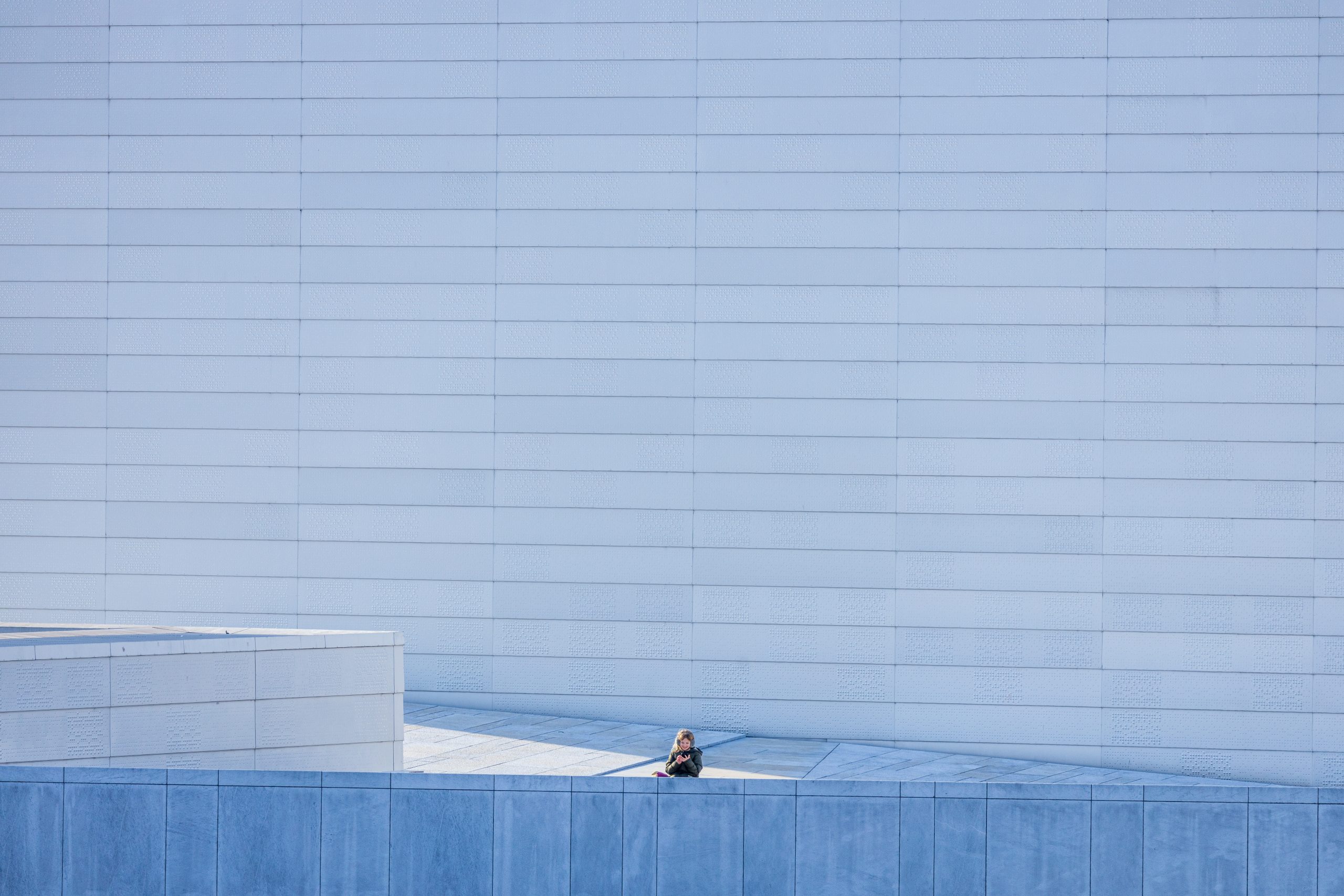
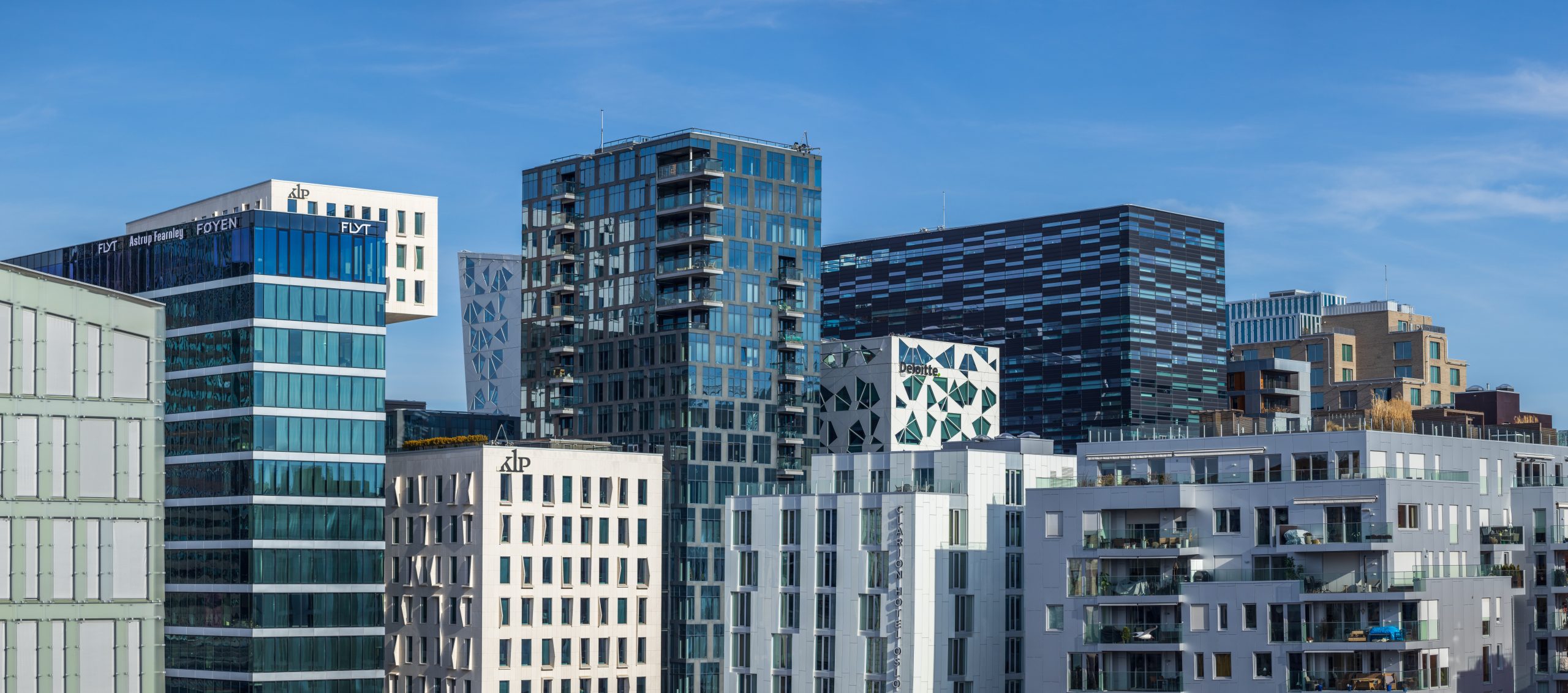
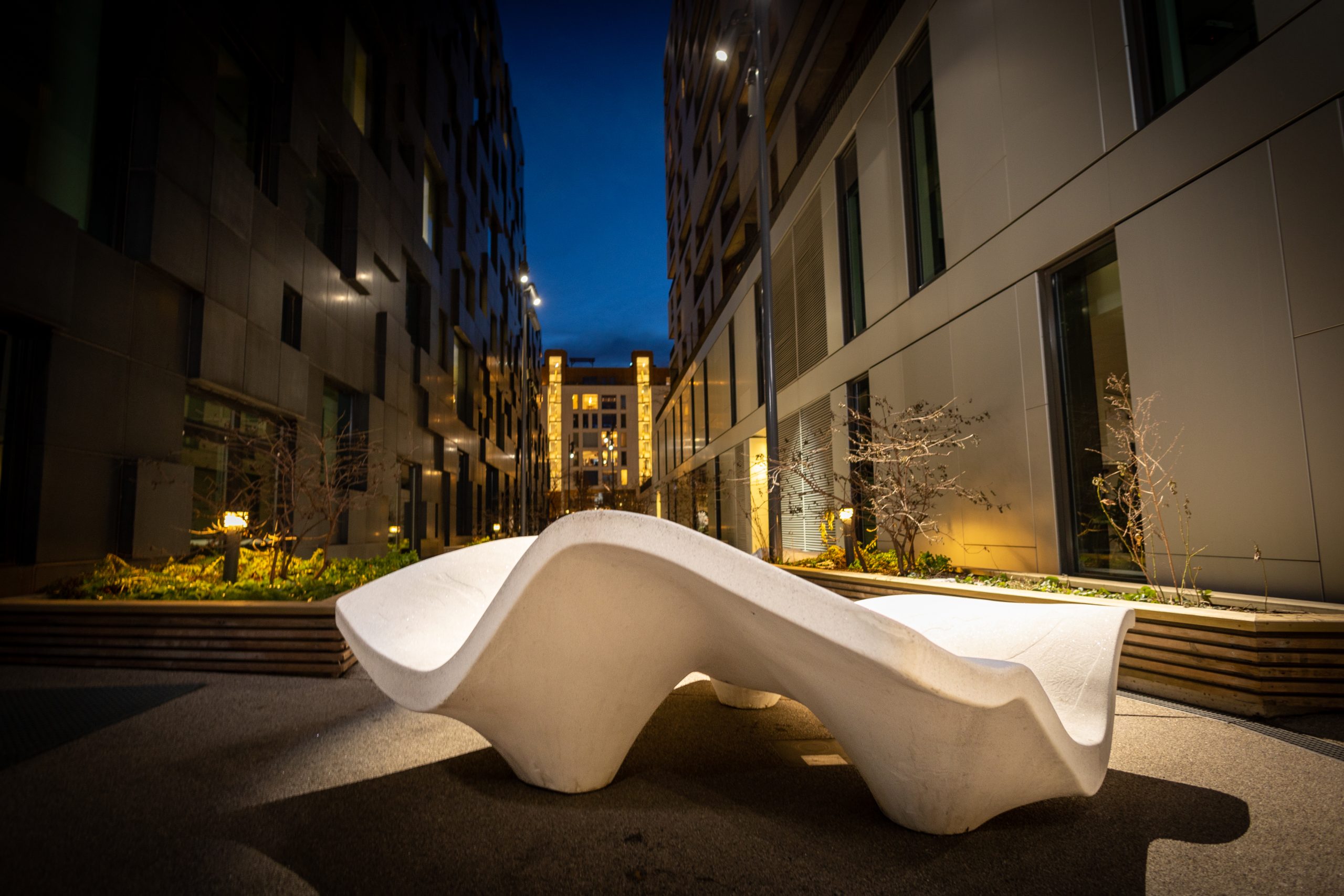

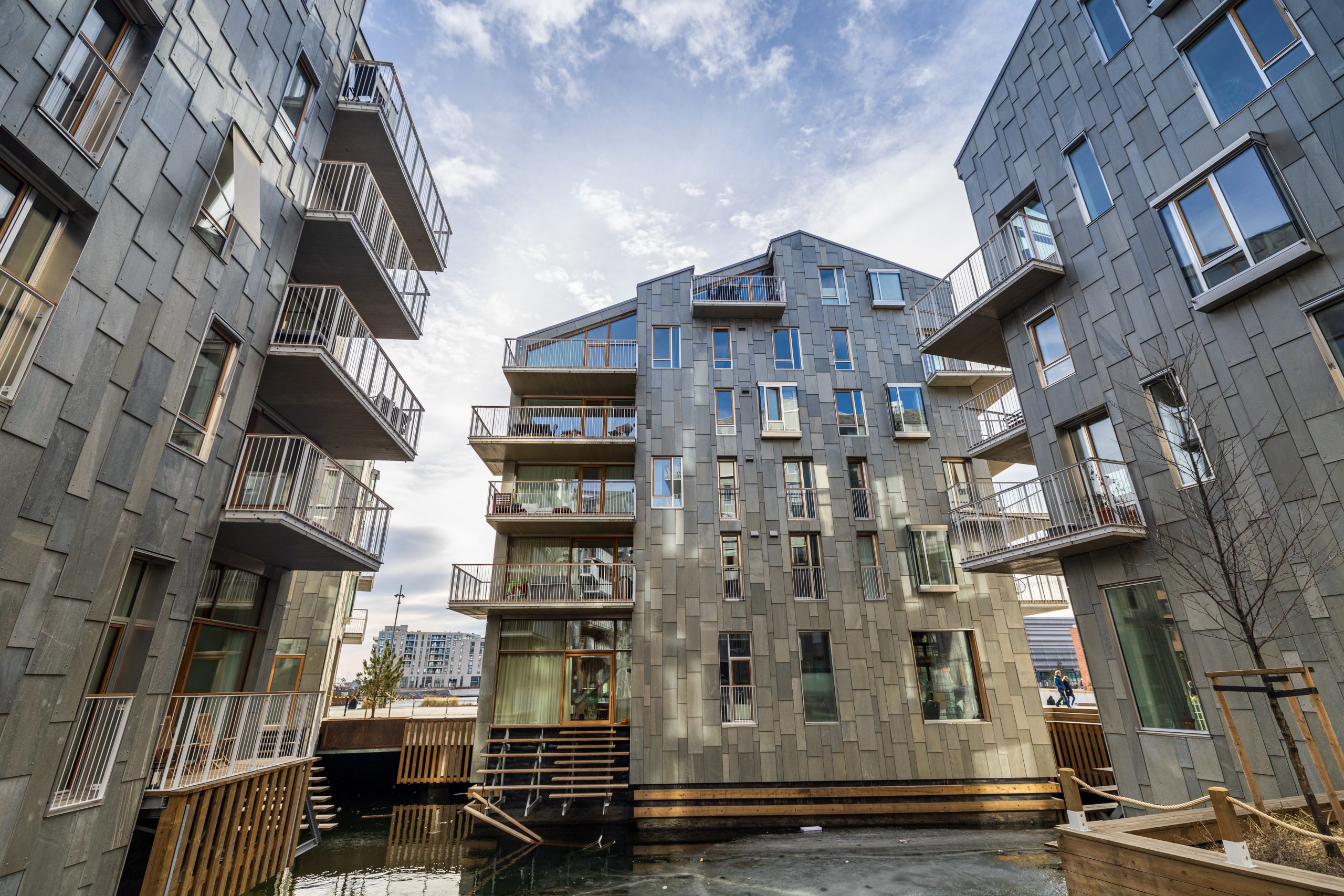

One of the most notable features of Bjørvika is the striking Opera House, designed by renowned architect Snøhetta. The building’s sleek white lines rise dramatically from the water, creating a stunning visual centerpiece for the district. Visitors can walk on its sloping roof for panoramic views of the city and fjord or enjoy performances inside its world-class concert hall. In addition to the Opera House, Bjørvika is home to several other architectural gems, including the Munch Museum and Deichman Library.
The Munch Museum houses an extensive collection of works by Norwegian artist Edvard Munch, while the Deichman Library offers a state-of-the-art space for reading, learning, and community events. For those looking to relax outdoors, Bjørvika’s waterfront promenade provides a picturesque setting for strolling along the fjord or enjoying a meal at one of the many restaurants with outdoor seating. The area also hosts cultural festivals, markets, and art installations throughout the year, adding to its lively atmosphere. As part of Oslo’s ongoing commitment to sustainability and green urban planning, Bjørvika incorporates eco-friendly design elements such as green roofs, renewable energy sources, and efficient waste management systems. This focus on environmental responsibility enhances both the quality of life for residents and visitors alike.
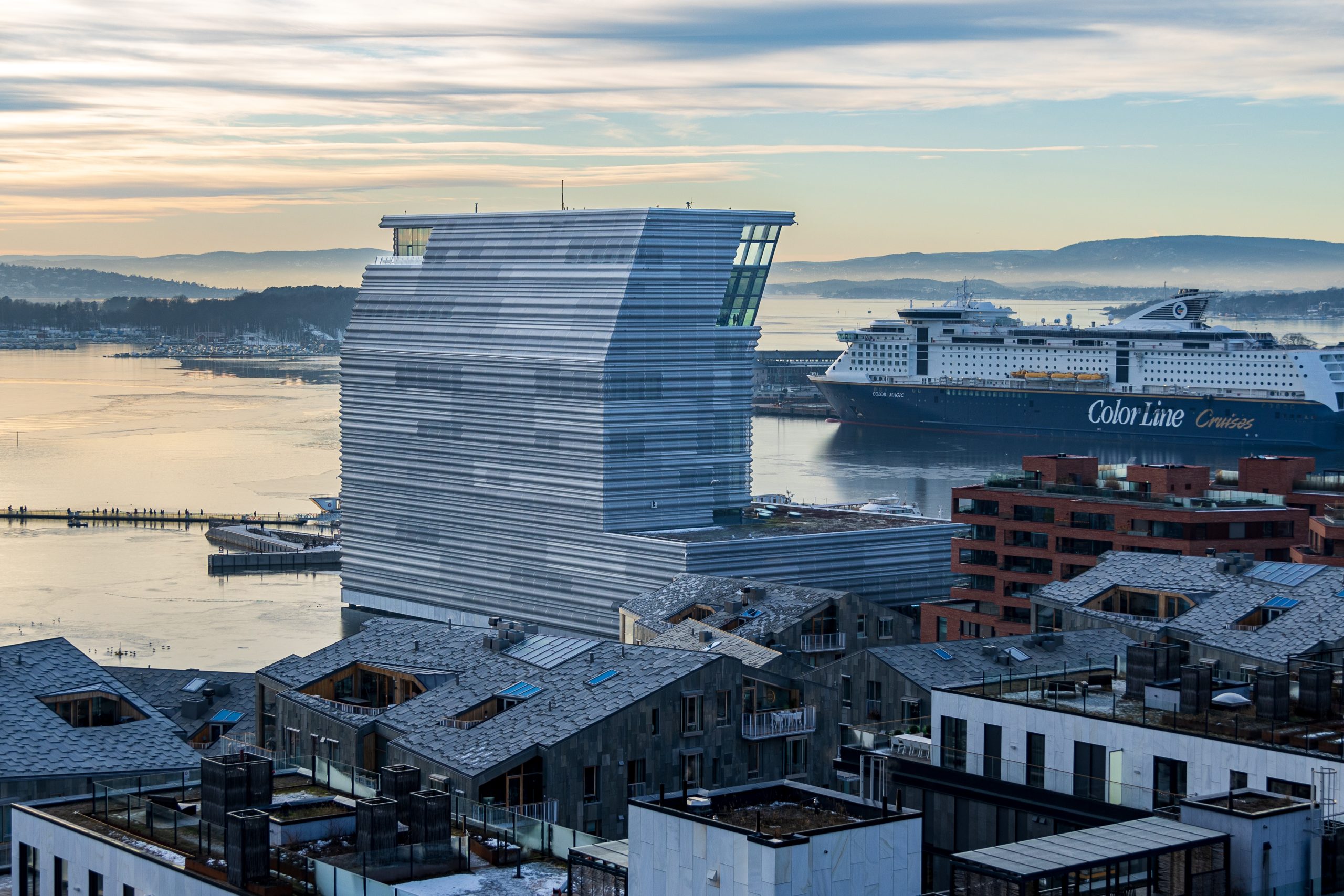
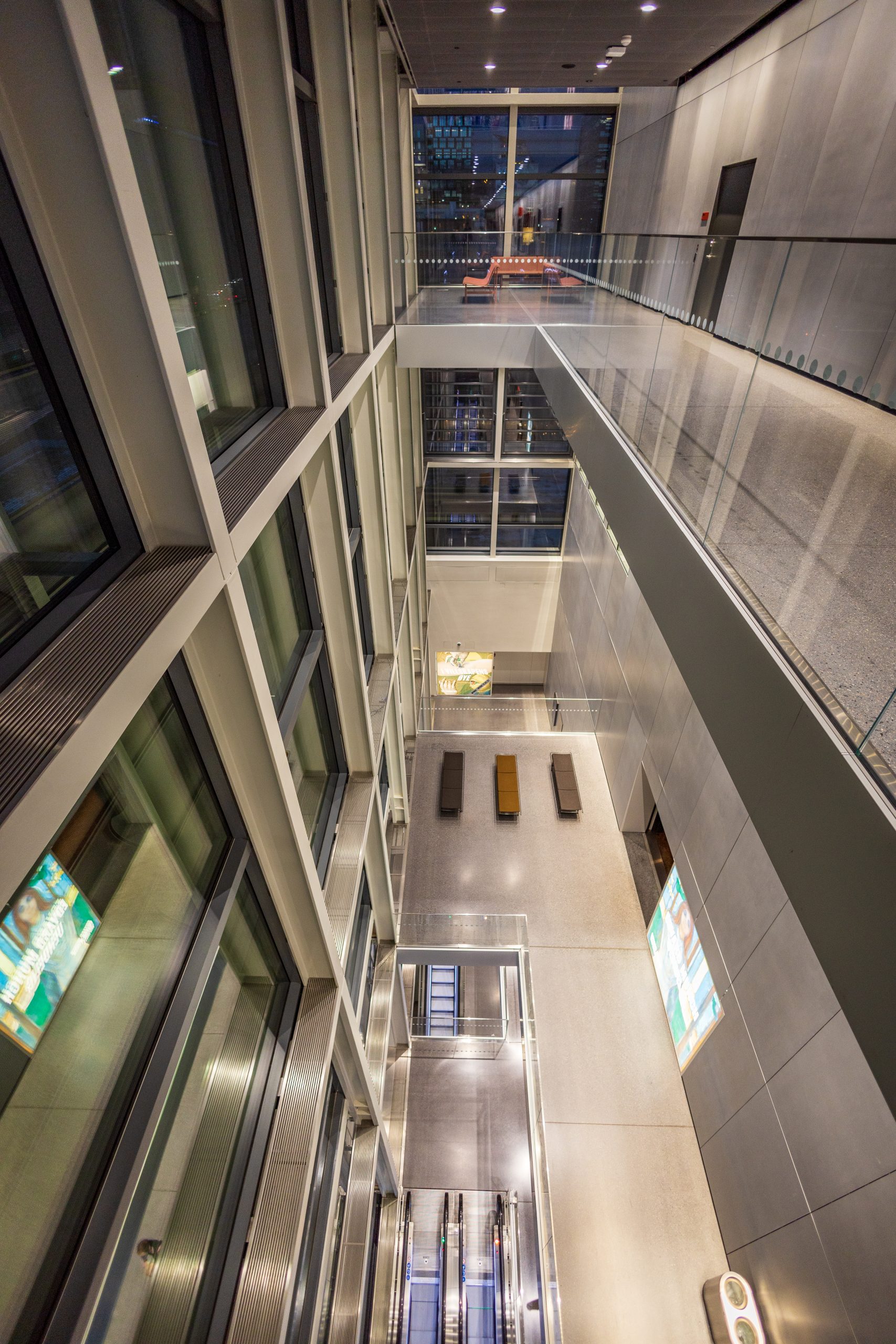
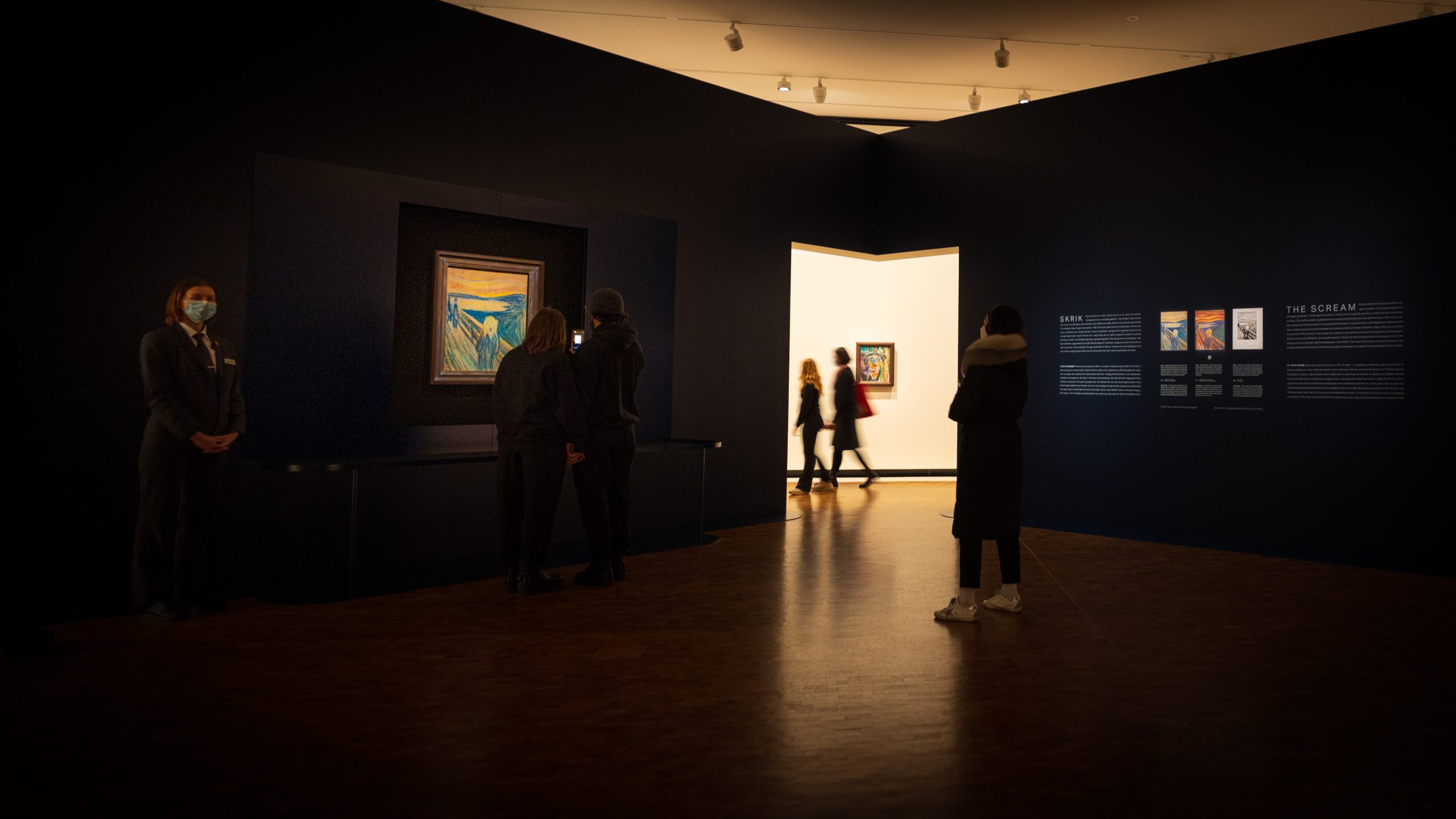
The Barcode Project in Bjørvika, Oslo is a striking architectural development that has quickly become a symbol of modernity and innovation in the city. Comprising a row of high-rise buildings resembling a barcode, this ambitious project has transformed the skyline of Oslo’s waterfront district and established itself as a key landmark for both locals and visitors. Designed by a collective of renowned international architects, each building within the Barcode Project boasts its own unique character while contributing to a cohesive and visually stunning ensemble. The sleek glass facades and contemporary design elements reflect the cutting-edge aesthetic that defines this area of Bjørvika. One of the standout features of the Barcode Project is its integration with public spaces and amenities, creating a vibrant urban environment that encourages interaction and community engagement. Pedestrian-friendly streets lined with shops, cafes, restaurants, and cultural institutions invite people to explore this dynamic neighborhood on foot or by bike. In addition to providing office space for businesses in various industries, the Barcode buildings also house luxury apartments offering panoramic views of the fjord and cityscape. This mix of commercial and residential use adds to the diversity and vitality of Bjørvika as a whole. Furthermore, sustainability was an essential consideration in the development of the Barcode Project. Green building practices such as energy-efficient systems, green roofs, and waste management solutions have been implemented to minimize environmental impact while enhancing quality of life for residents and workers alike.
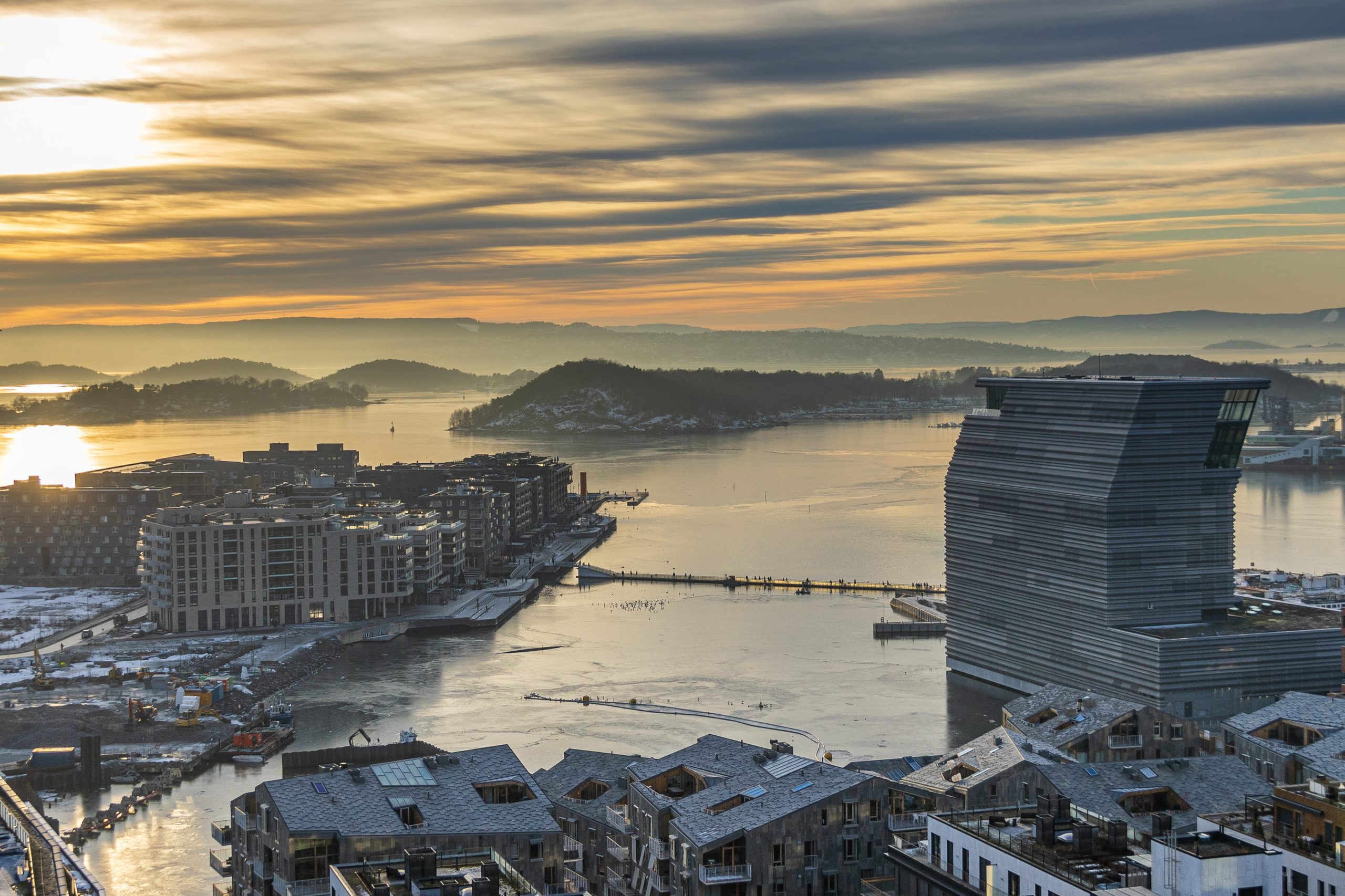


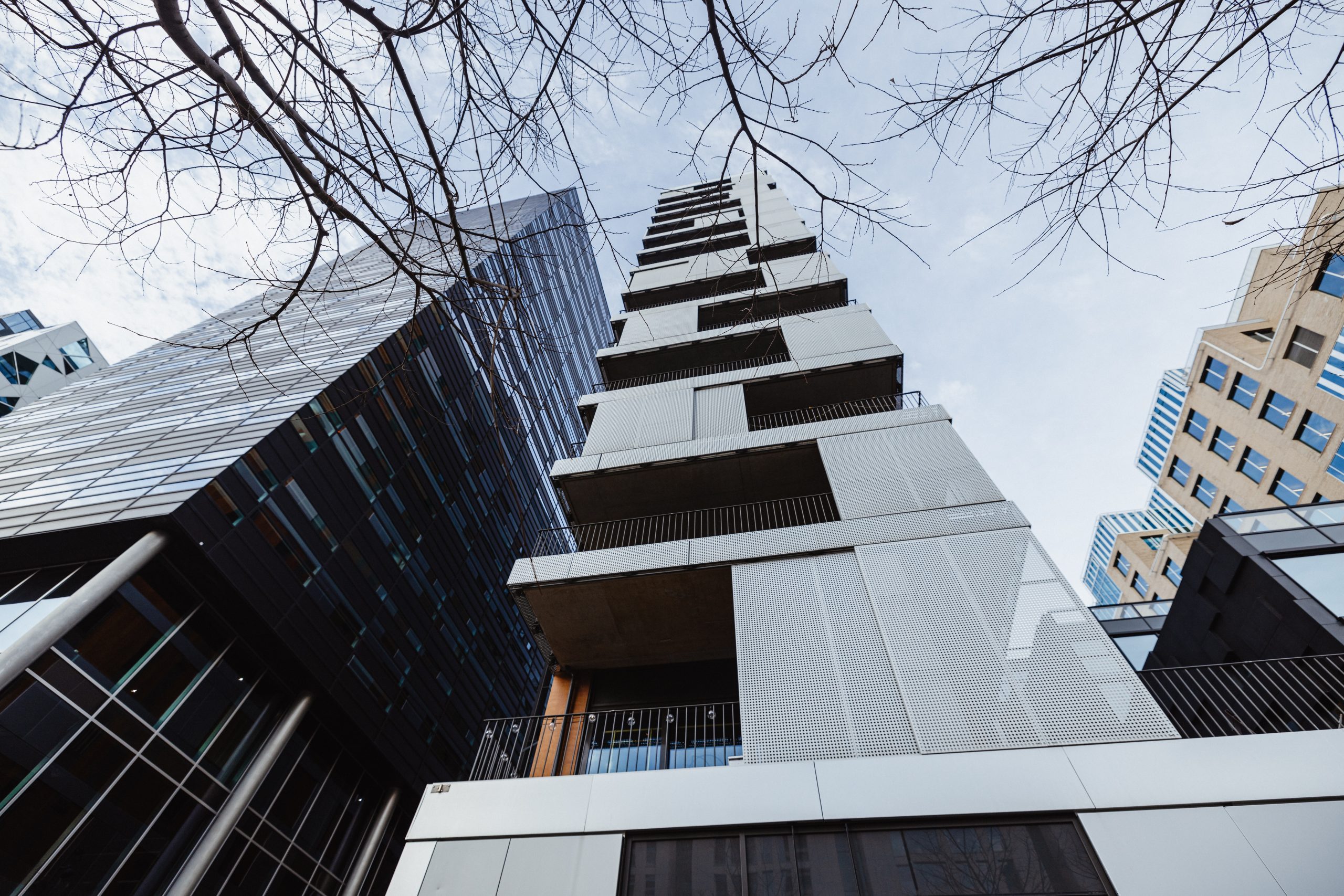
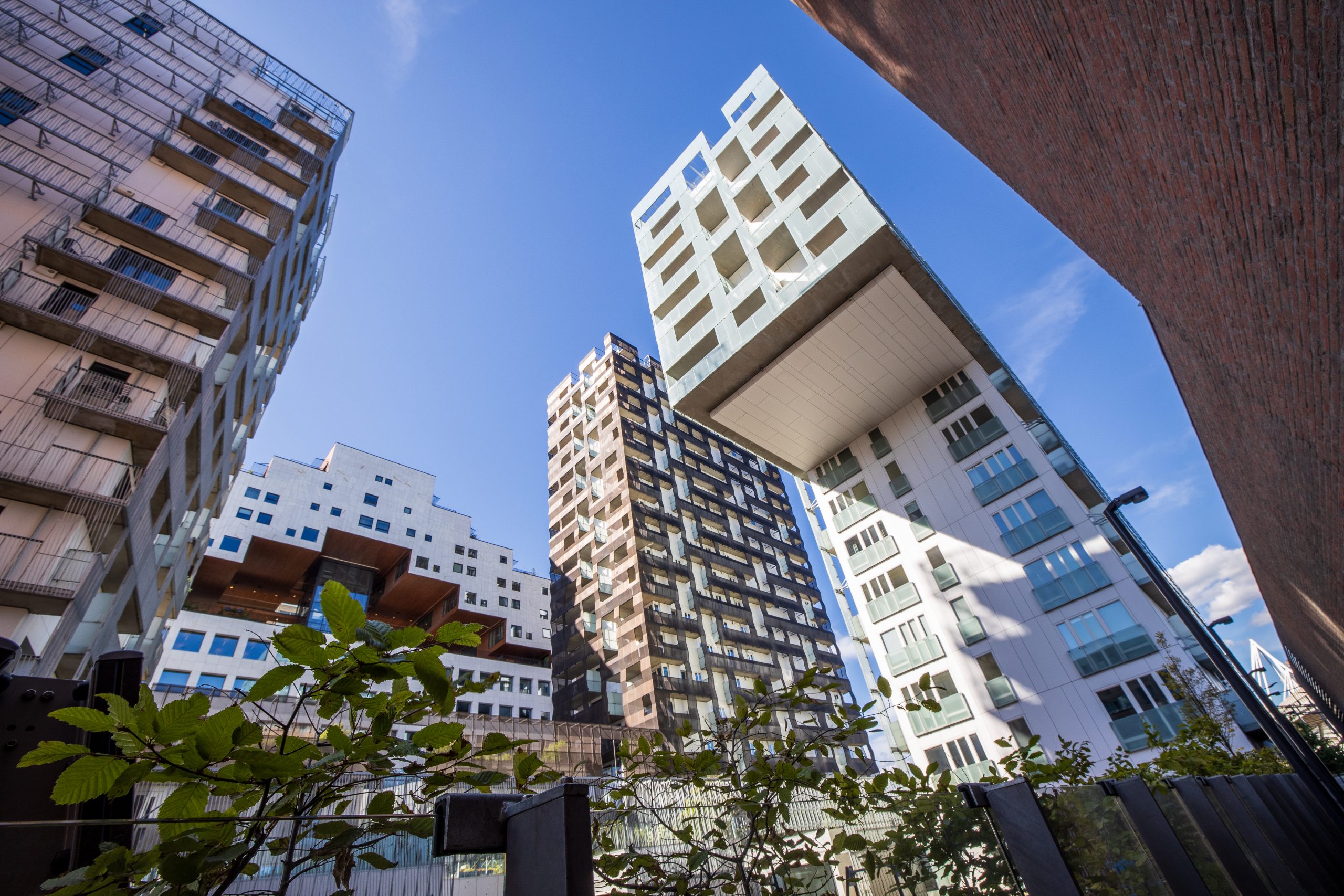
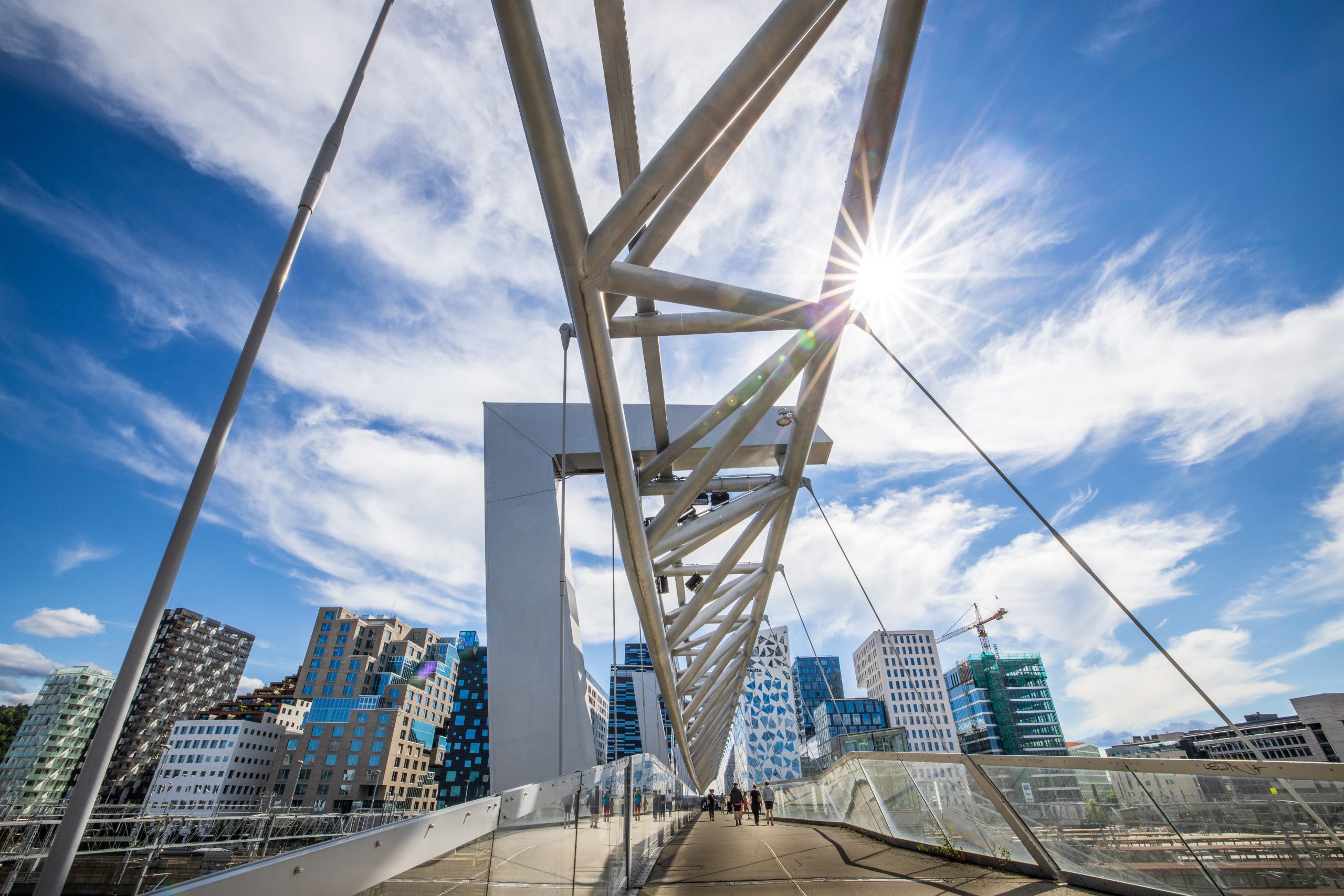
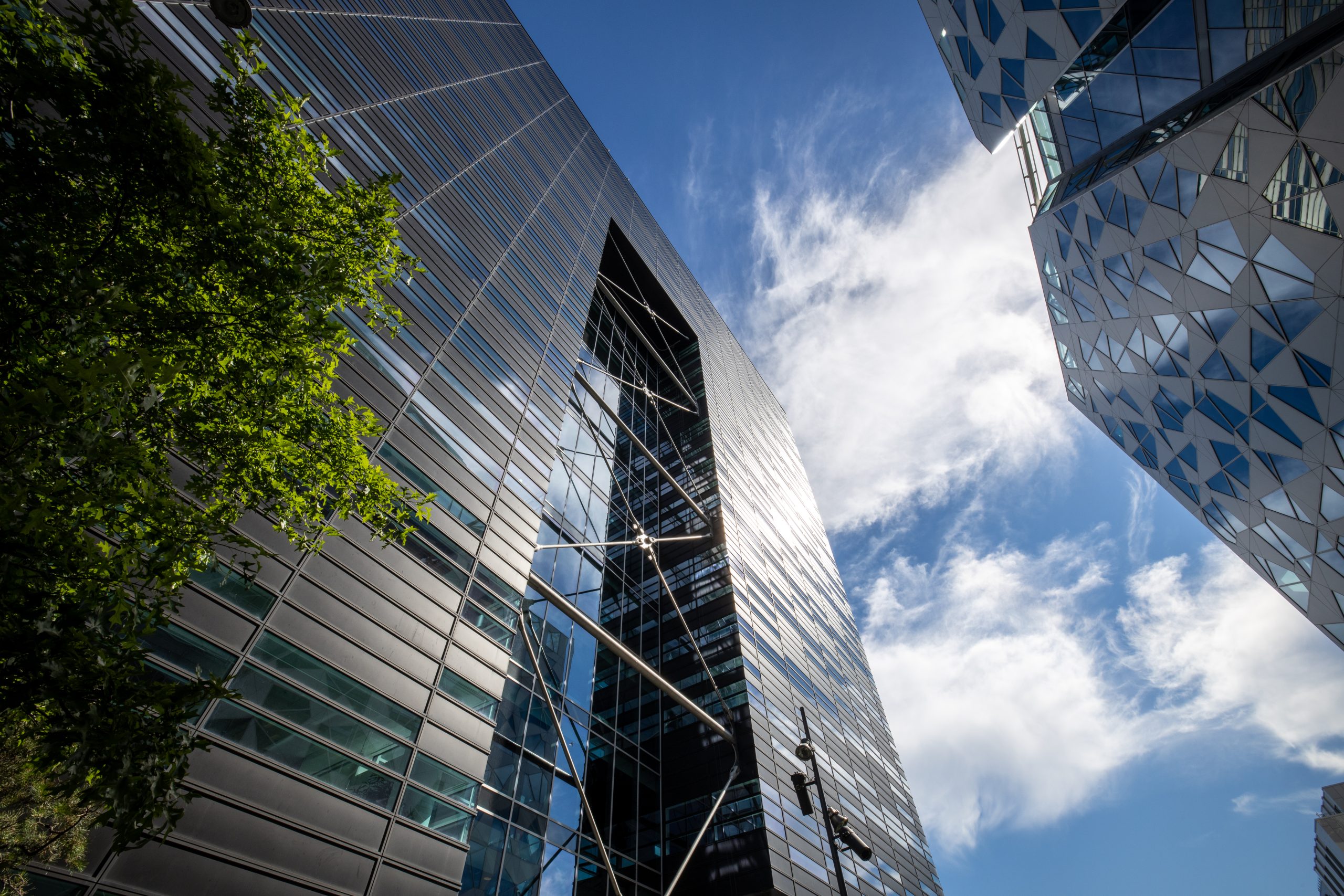

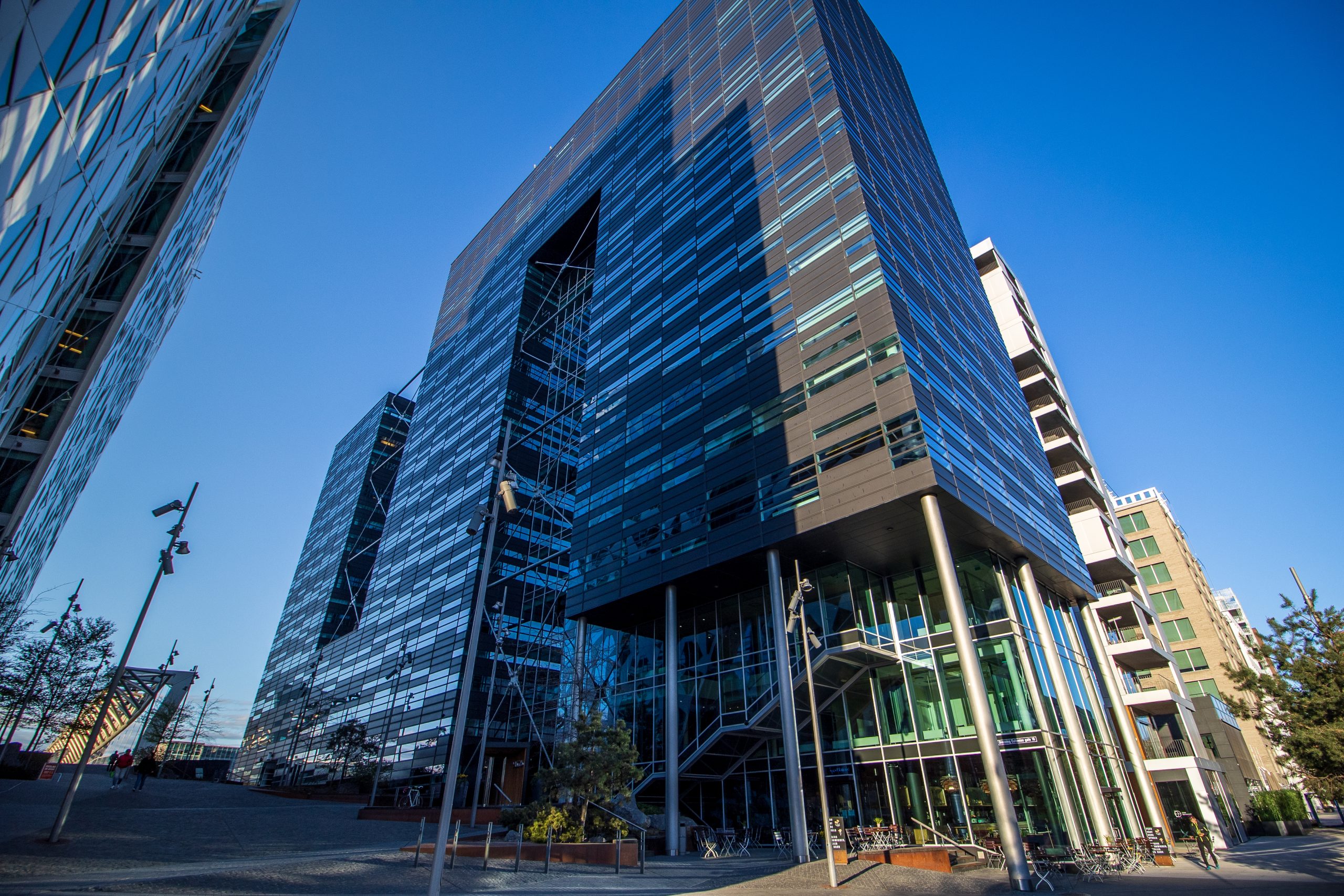
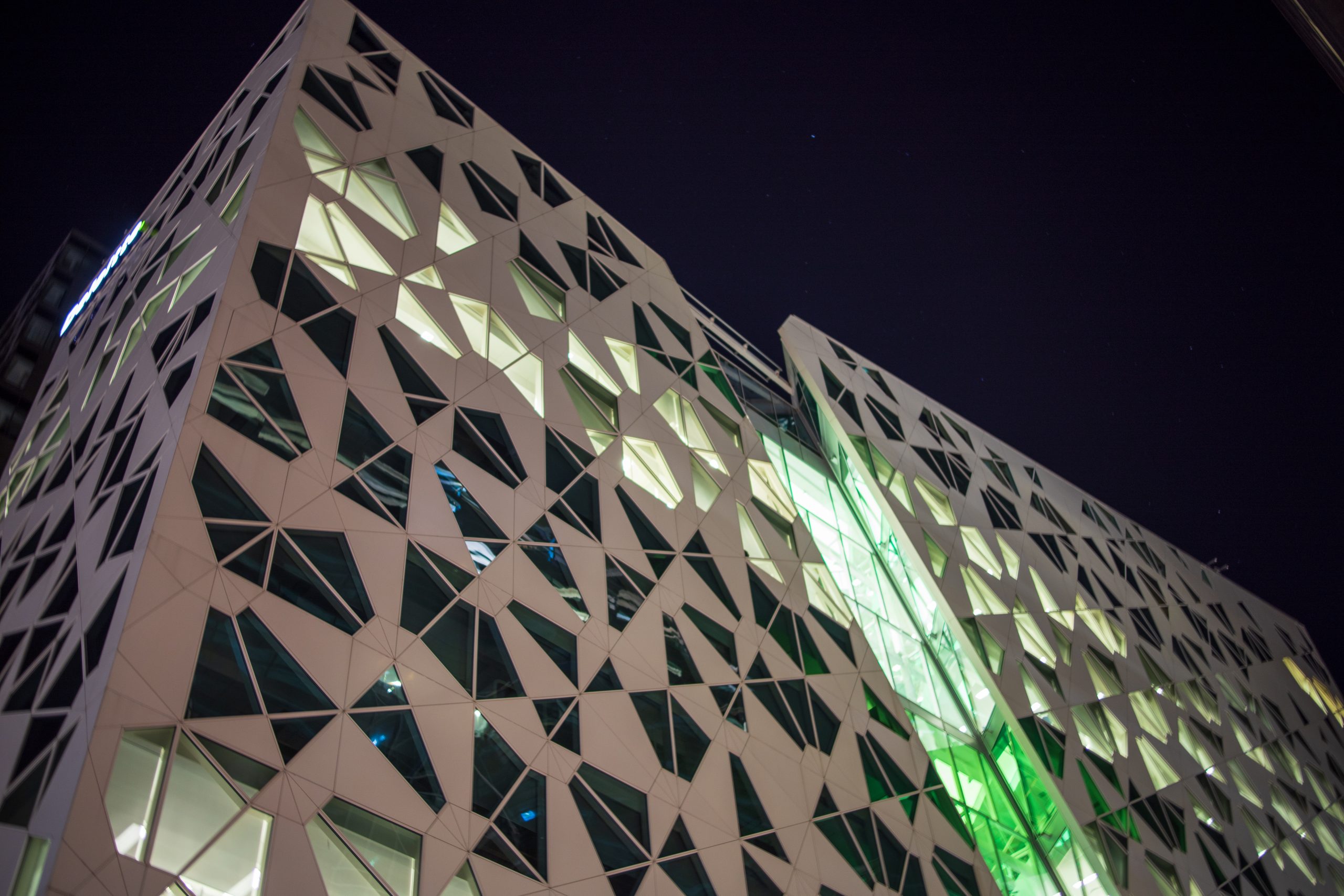
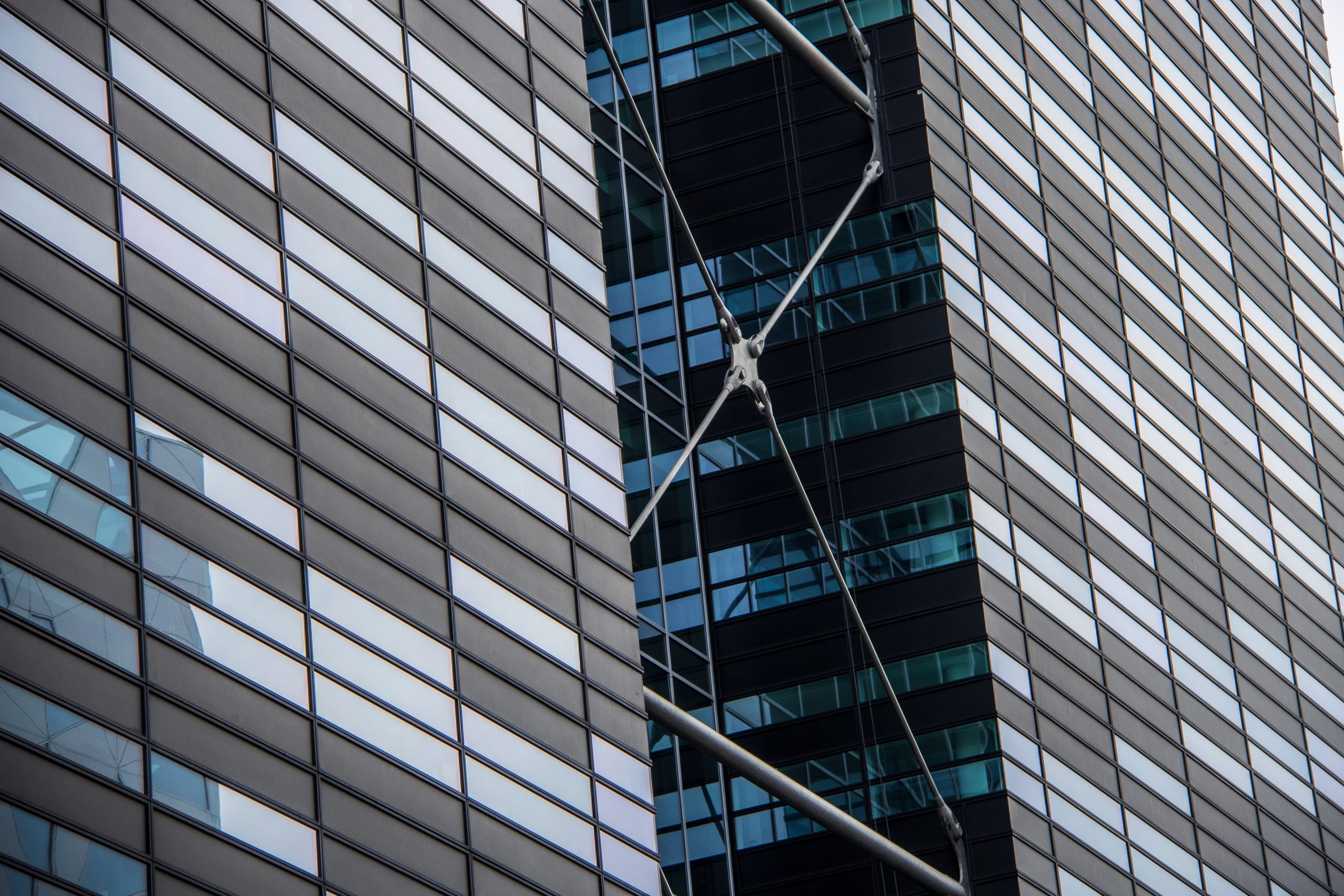
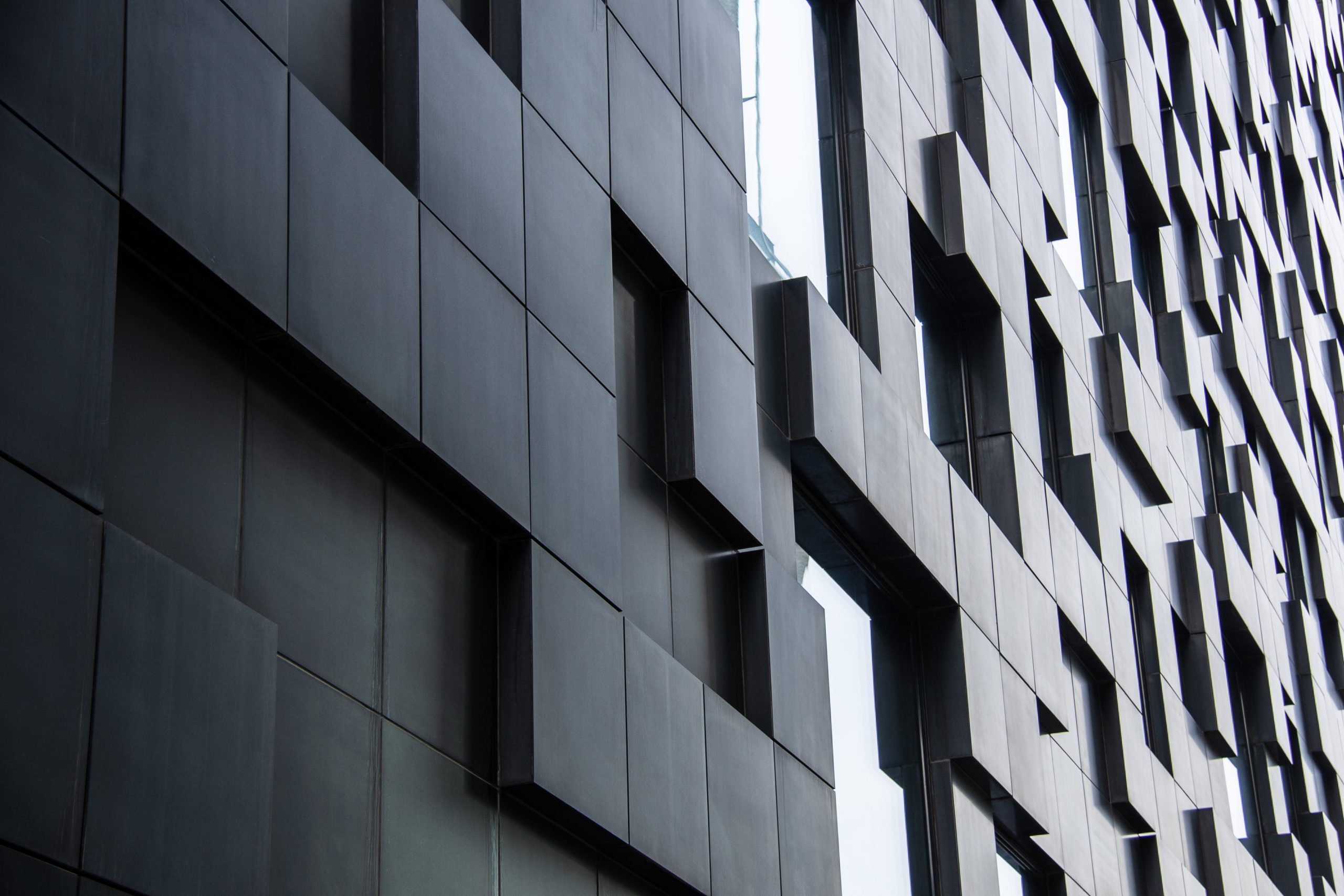
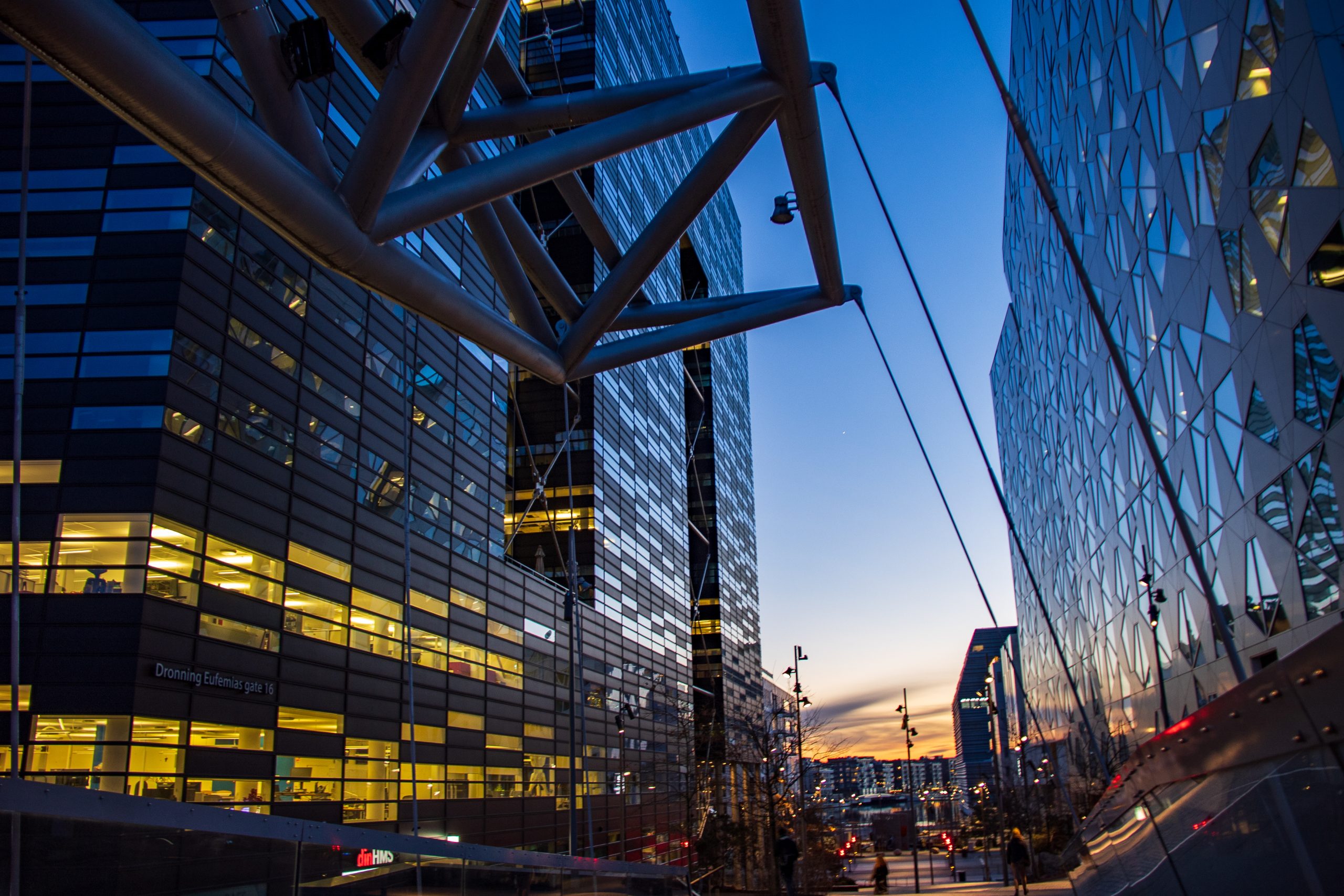

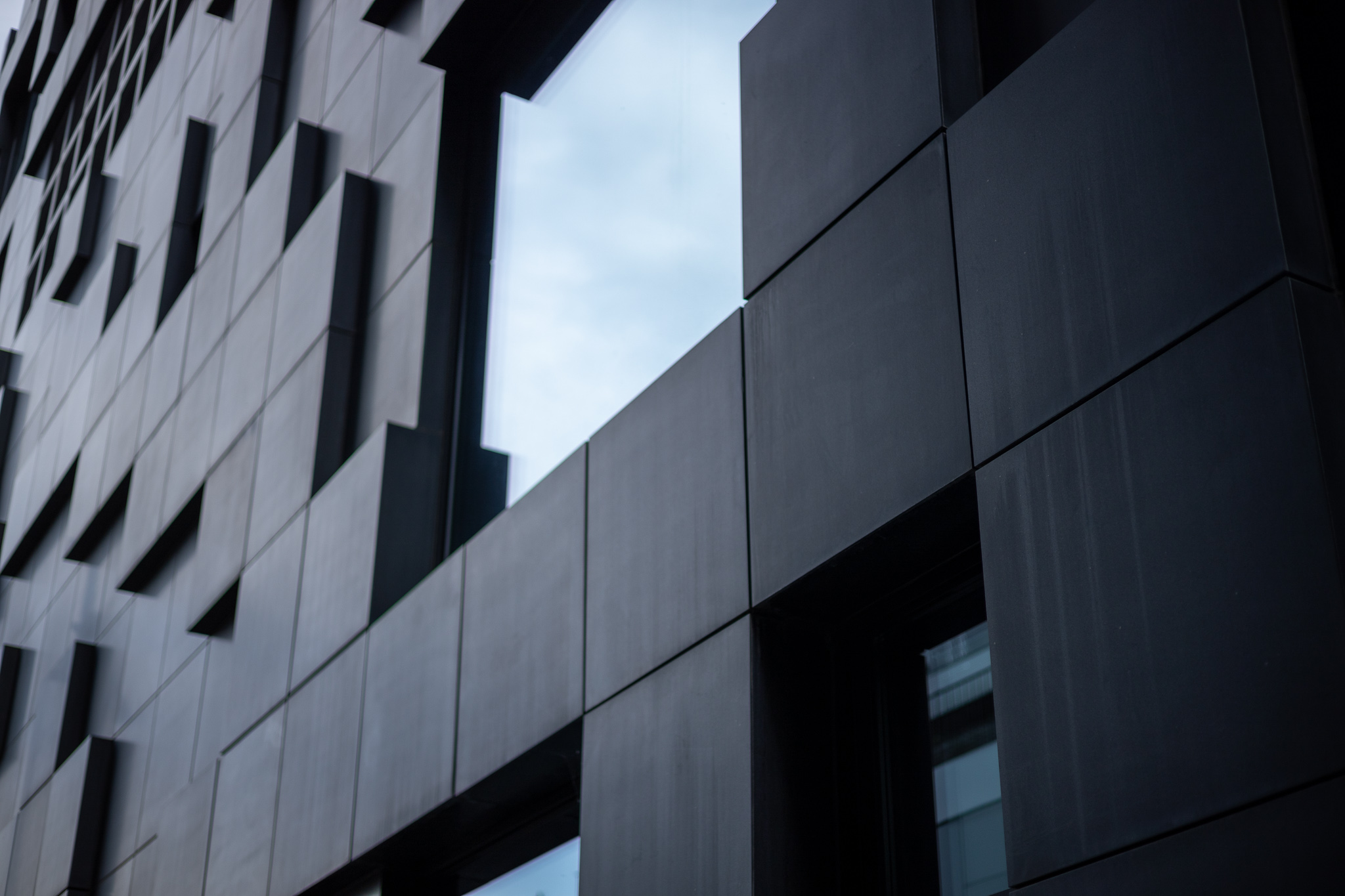
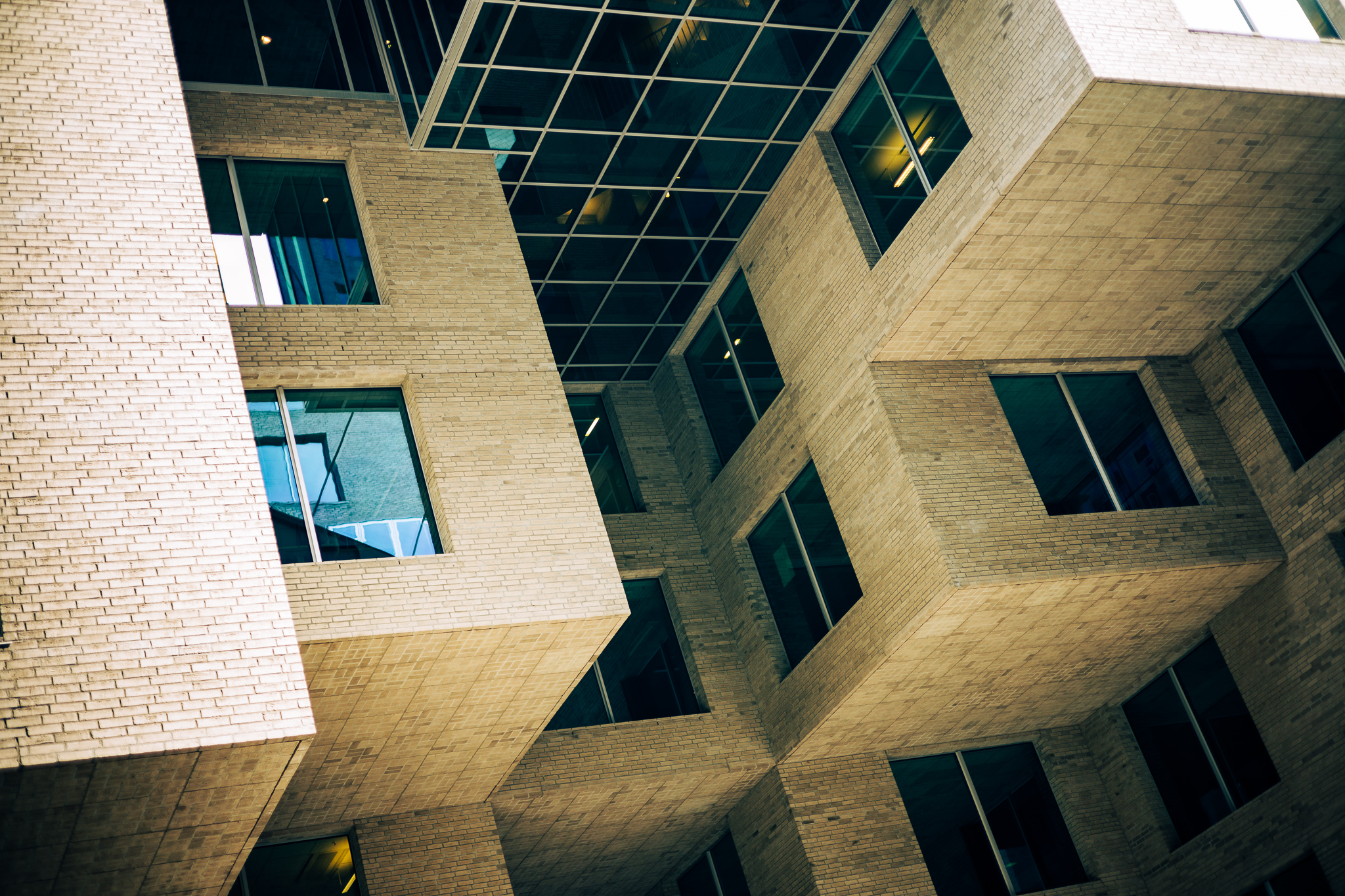
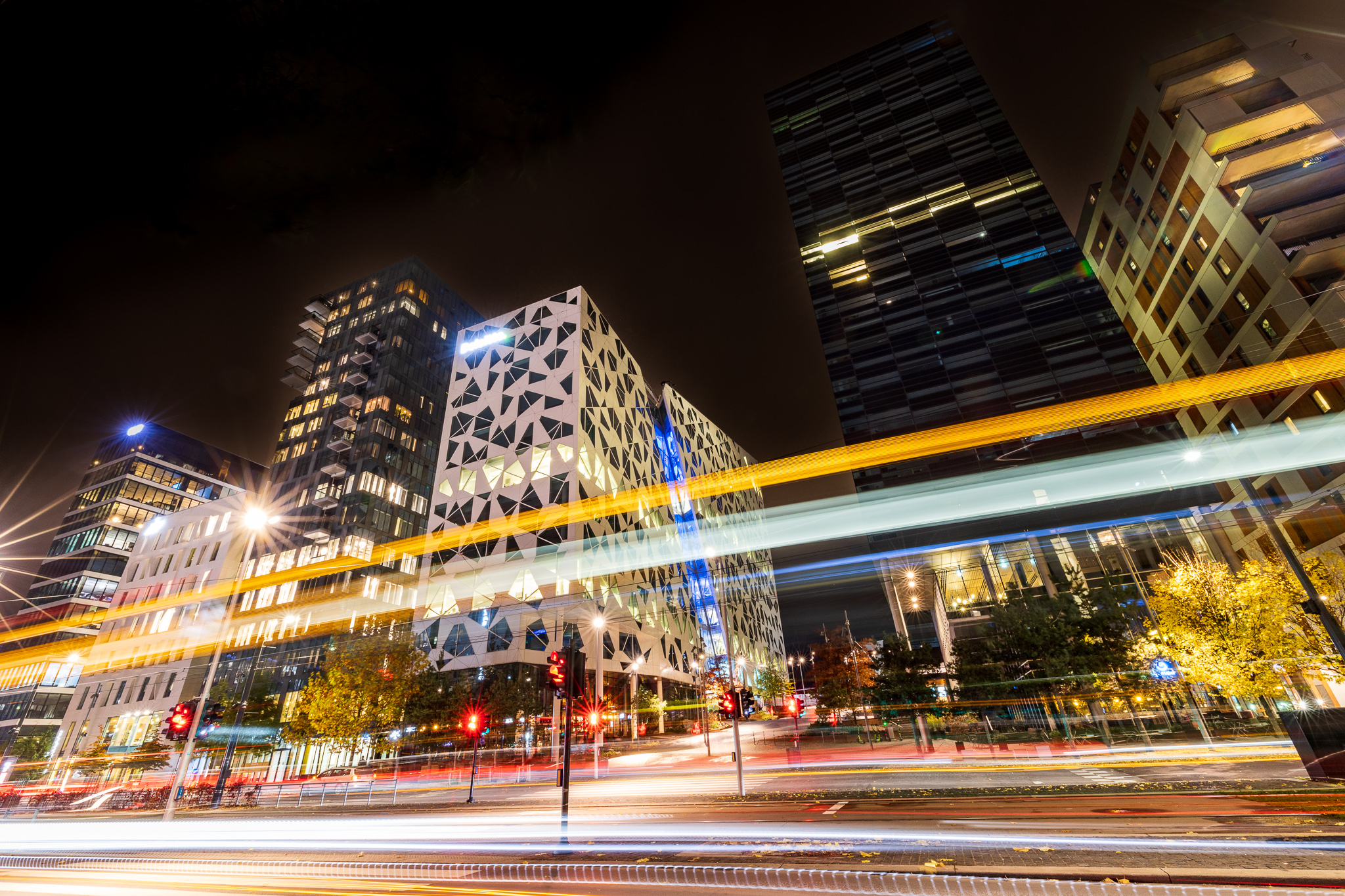


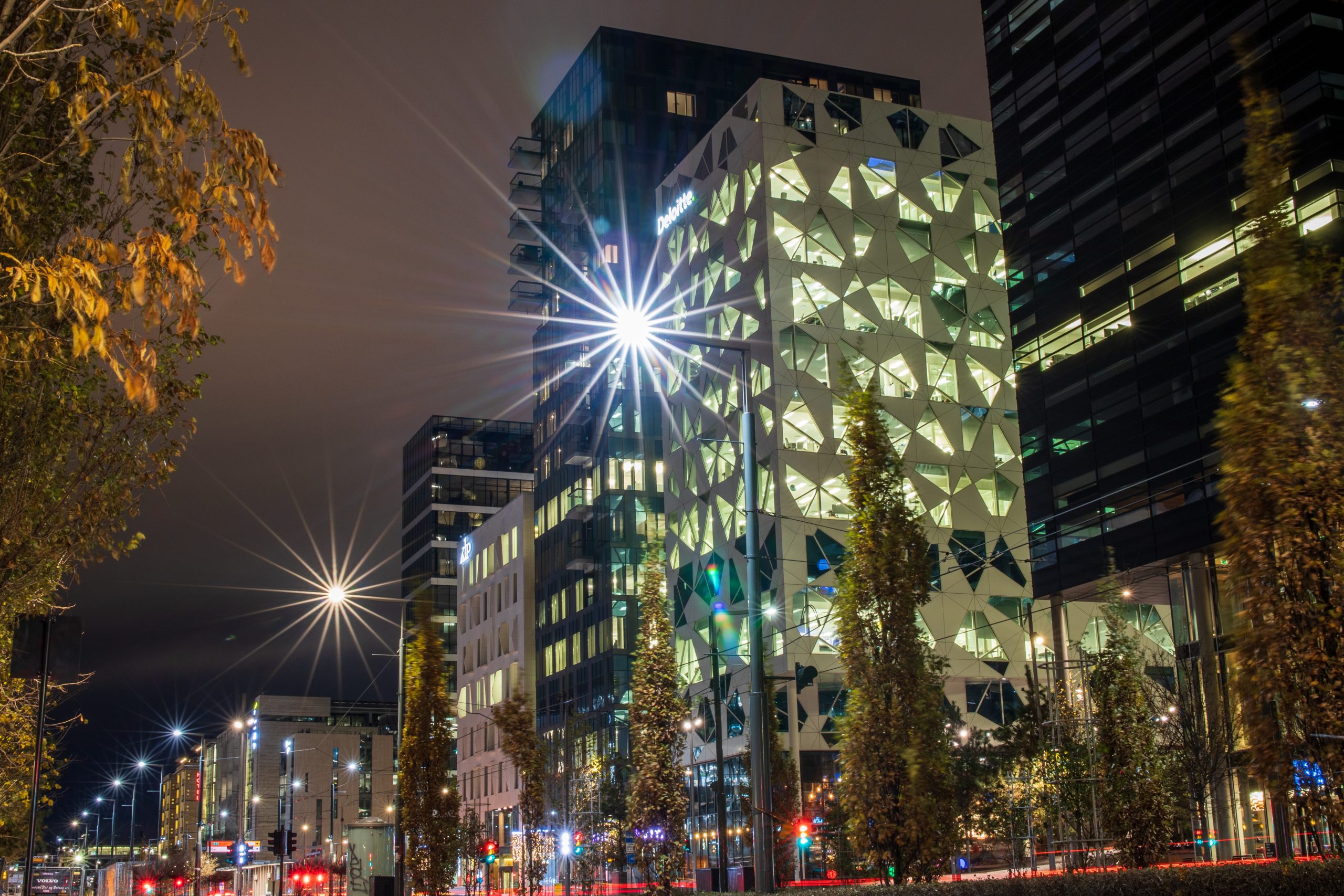
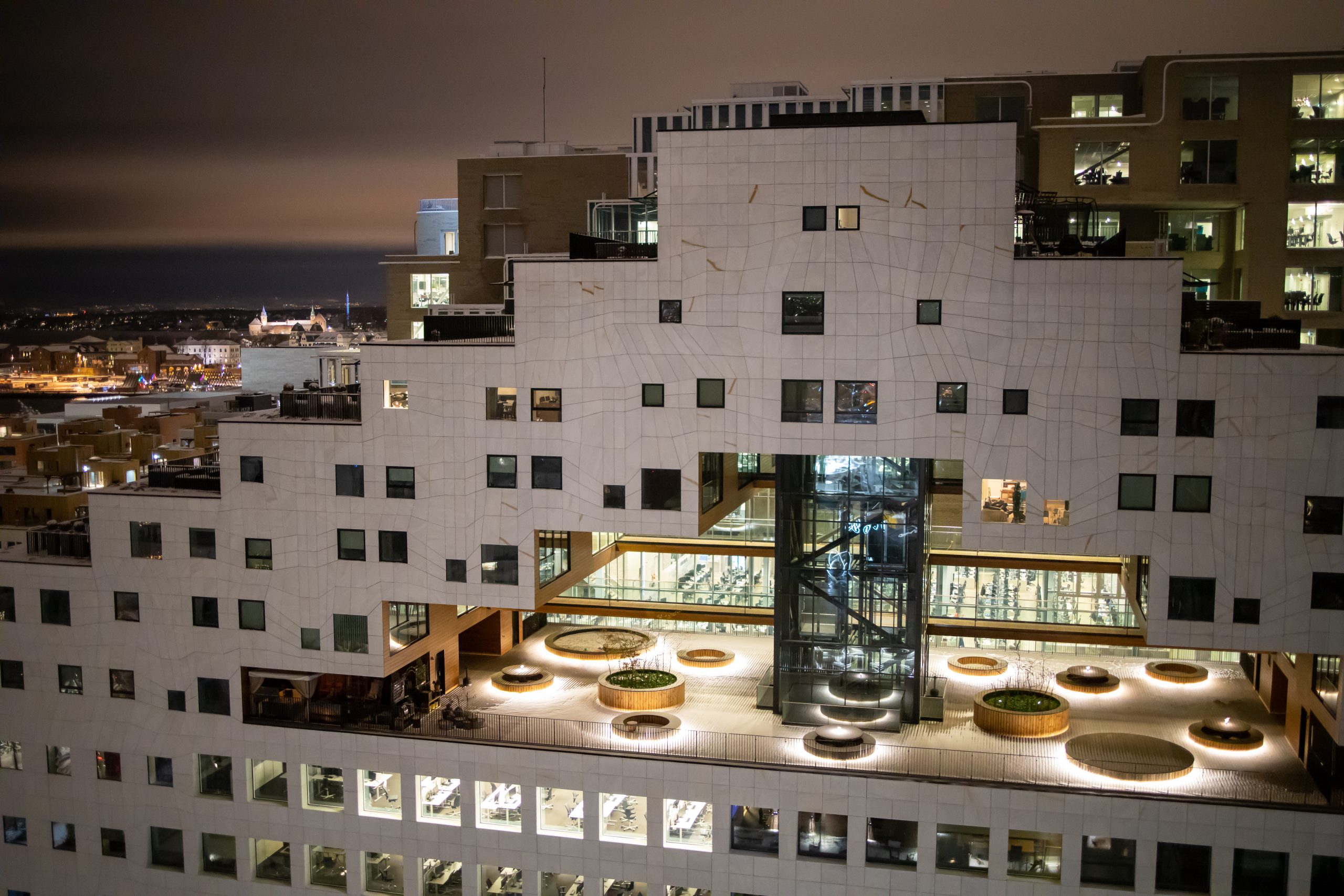
Overall, Bjørvika represents a successful example of urban redevelopment that preserves historical heritage while embracing innovation and modernity. Whether you’re interested in culture, architecture, nature or simply soaking up the ambience of a bustling waterfront district, Bjørvika has something to offer everyone who visits this thriving part of Oslo.


